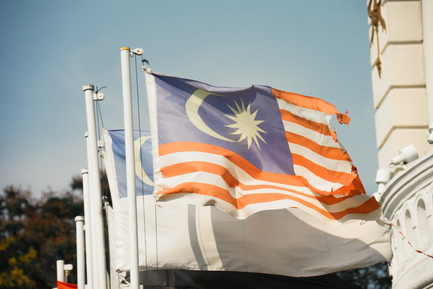
Apply to a foreign university with confidence
- Properly fulfilled documents
- Perfect motivation letter
- Support from a personal mentor
- Offers from several universities
In this article we tell about language courses in Italy, what you need to know about admission, how much tuition costs, and how to get a visa.
Free consultation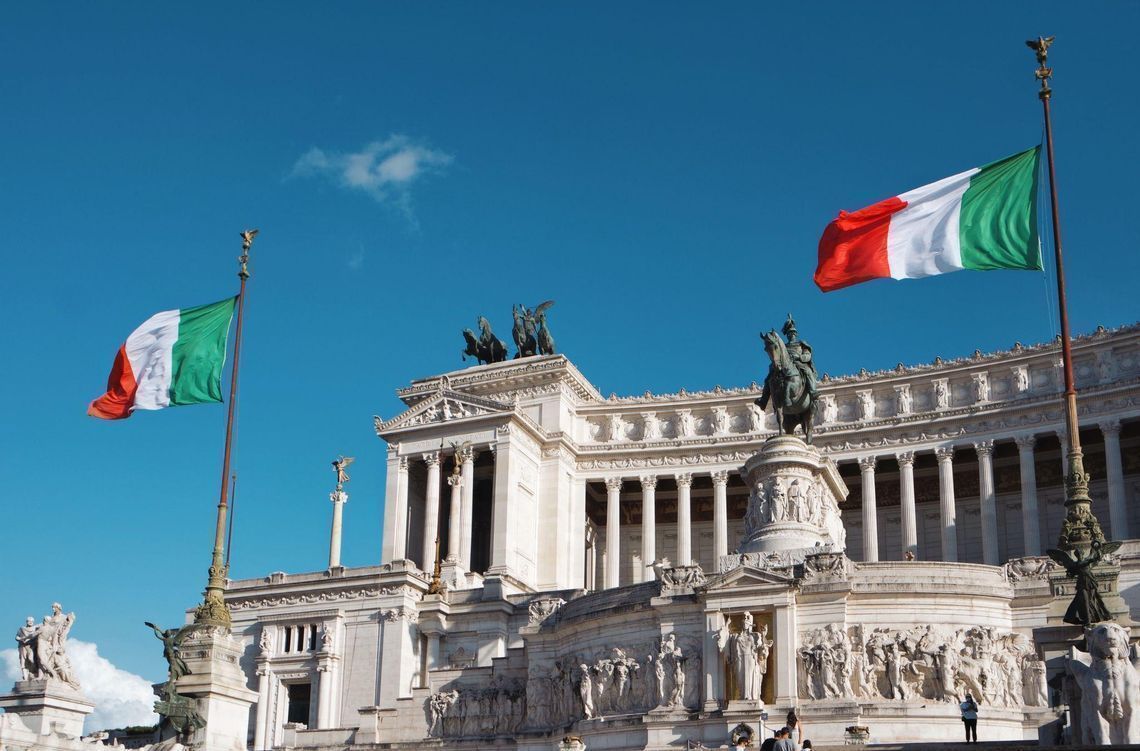
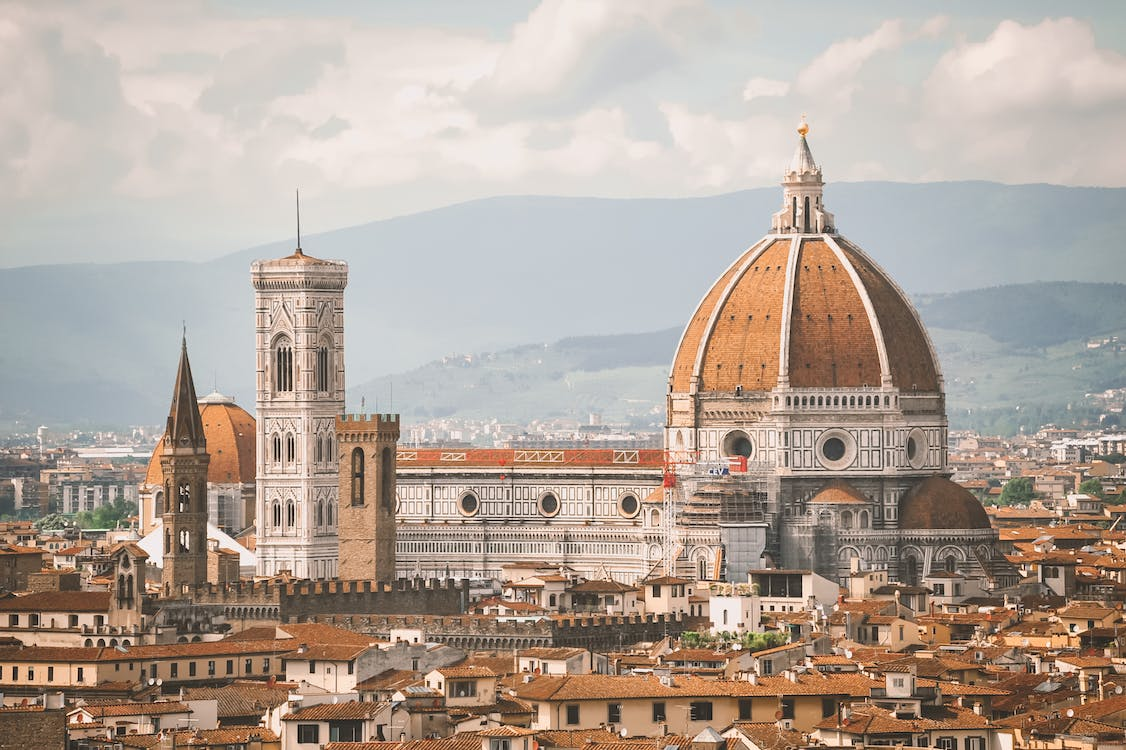
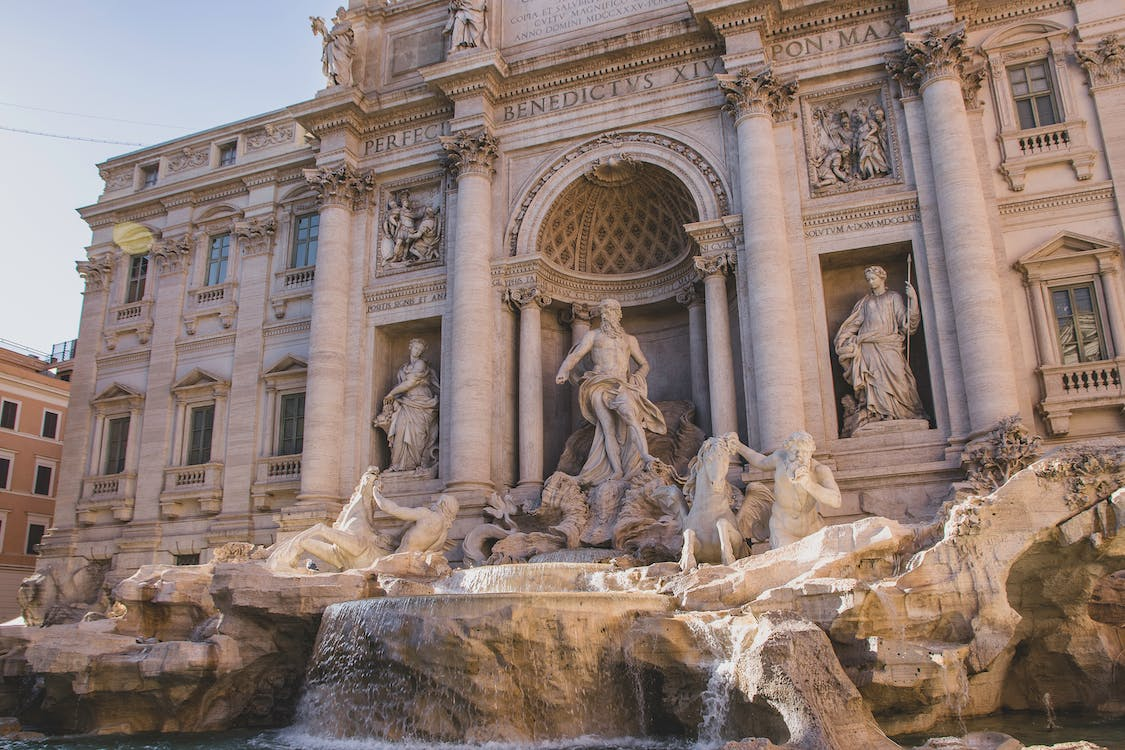
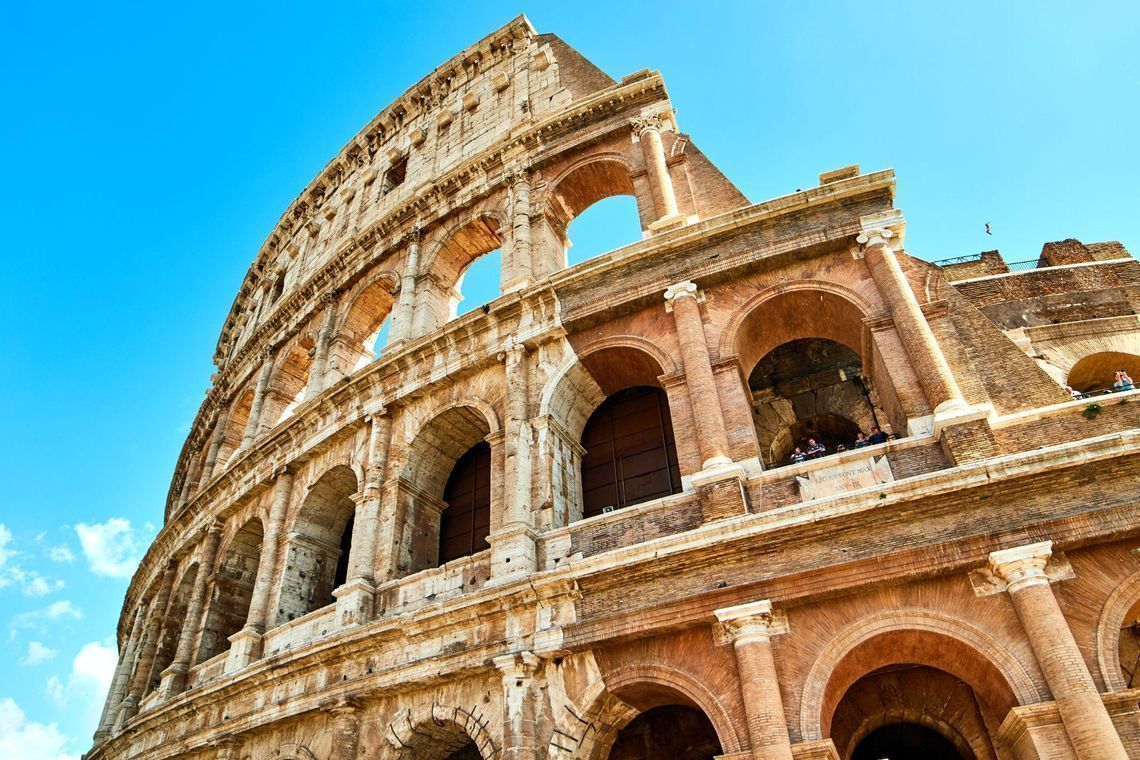


Language courses in Italy are chosen for relaxation, getting to know the country's culture, and learning Italian in the environment of its speakers. It is the birthplace of great musicians, painters, sculptors, and architects. Antonio Vivaldi, Michelangelo, and Leonardo da Vinci were born and worked here. Italy is proud of its heritage, which is probably why many schools include the study of Italian history and culture in their language courses.
| School | Program | Number of weeks | Tuition/week | Cities | Residence/week | Homestay/week |
|---|---|---|---|---|---|---|
| Scuola Leonardo da Vinci | Intensive course | 1+ | 254 USD | Florence, Rome, Turin, Milan, Viareggio | 169 USD / 231 USD | 197-353 USD |
| Super Intensive course | 1+ | 412 USD | ||||
| Super Intensive course +5 | 1+ | 480 USD | ||||
| Super Intensive course +10 | 1+ | 706 USD | ||||
| Sabbatical Year | 48 | 6,238 USD/course | ||||
| La Dolce Vita | 1-2 | 672 USD | ||||
| Italian Tour | 2-5 | 429 USD/2 weeks | ||||
| Preparation courses for the AIL | 4 | 1,667 USD/course | ||||
| Individual lessons | 1+ | 40 USD/lesson | ||||
| Professional courses | 2+ | 1,672 USD/2 weeks | ||||
| "Italian wines" culture course | 1 day | 119 USD | ||||
| Italian cuisine | 1 day | 119 USD | ||||
| Gap Semester | 18 | 3,667 USD/course | Florence, Rome, Turin, Milan | |||
| Academic School Year | 32 | 6,774 USD/course | ||||
| Italy Today course | 1+ | 480 USD | ||||
| CILS preparation courses | 4- 6 | 294 USD | ||||
| Art History | 1-2 | 158 USD | ||||
| Super Intensive Small Group course | 2+ | 1,333 USD/2 weeks | Florence, Rome, Viareggio | |||
| Italian and Hiking | 2 | 633 USD/2 weeks | Viareggio | |||
| Part-time | 8-12 | 407 USD/8 weeks | Florence, Milan, Rome | |||
| Preparation course for studying at University | 4 | 1,689 USD/4 weeks | ||||
| Preparation course for Fashion & Design Academies | 4 | 1,689 USD/4 weeks | ||||
| Intensive Italian language evening course | 4-12 | 407 USD/4 weeks | Milano | |||
| Italian Language Course for Families | 1 -12 | 429-768 USD/week | ||||
| Discover your Origins | 2-12 | 576 USD/2 weeks |
| Type of program | Intensity | Group | Min. language level | Avg. cost per week |
|---|---|---|---|---|
| Part-time / Evening Courses | 10 | 10-14 | Starter (A0) | 407 USD/8 weeks |
| Standard Courses | 20 | 8-10 | Starter (A0) | 237 USD |
| Intensive Courses | 25-30 | 5-10 | Starter (A0) | 407 USD |
| Super-Intensive Courses | 35-40 | 8-12 | Starter (A0) | 441 USD |
| One-to-one Lesson | Individual | 1 | Starter (A0) | 40 USD/lesson |
| One-to-two Lesson | Individual | 2 | Starter (A0) | 28 USD/lesson |
| Combined Courses | 25 | 8-10 | Starter (A0) | 407 USD |
| Italian Language Exam Preparation (CILS or AIL) | 10 | 1 | Beginner (A1) | EUR/2 weeks |
| Italian Language Exam Preparation (CILS or AIL) | 30 | 8-10 | Beginner (A1) | 1,186 USD/2 weeks |
| Italian and Volunteering | 25 | 8-10 | Elementary (A2) | 972 USD/4 weeks |
| Learning While Working | 25 | 8-10 | Intermediate (B1) | 1,751 USD/8 weeks |
| Italian Language Course for Families | 20 | 10-14 | Starter (A0) | 588 USD |
| Italy Today | 20 | 10-14 | Intermediate (B1) | 480 USD |
| Discover Your Origins | 26 | 10-14 | Elementary (A2) | 576 USD/2 weeks |
| Sabbatical Year | 20 | 10-14 | Starter (A0) | 6,238 USD/lesson |
| Gap Semester | 20 | 10-14 | Beginner (A1) | 3,667 USD/lesson |
| Academic Year | 20 | 5-14 | Beginner (A1) | 6,774 USD/lesson |
| Flexible Program | 20 | 3-12 | Starter (A0) | 2,983 USD/lesson |
| Professional Italian Courses | 25-30 | 5-14 | Intermediate (B1) | 441 USD |
| University Preparation | 35 | 5-14 | Intermediate (B1) | 1,689 USD/4 weeks |
| Courses for Children and Teenagers | 20 | 8-12 | Starter (A0) | 876 USD |
| Foundation | 30-40 | 10-15 | Intermediate (B1) | 5,650 USD/year |
If you are planning to come to the country just to learn Italian, choose Standard courses. They differ from each other only in intensity. In these lessons, you will actively develop your speaking, listening, reading, and writing skills. In addition, you will thoroughly practice grammar and vocabulary. These courses are open to students of all levels, from Beginner to Advanced. These include:
Italian schools also offer courses with additional options:
Foundation. It is impossible to enter Italian universities after 11th grade. You need to have 12 years of education. However, many Italian universities offer an annual Foundation program. Among them are University of Pisa, University of Siena, University of Rome La Sapienza, and several others. During this preparatory year, you can improve your language proficiency and other subjects necessary for studying in the chosen program.
You can enter such a program without knowing Italian, but your English must at least be at the B1 level. At some universities, such as the University of Pavia, the language of instruction is not English, but Italian. In this case, you need an A2-B1 level of Italian. Upon completion of the Foundation program, you can enter the same university without a language exam. Some universities automatically enroll students into the Foundation program, but information on guaranteed admission should be checked on the website of the chosen university.
Apart from the Foundation program, there are almost no language courses at Italian universities. Some offer language studies, but these are programs strictly for university students.
| Type of program | Intensity | Group | Min. language level | Avg. cost per week |
|---|---|---|---|---|
| Italian Tour | 20 | 10-14 | Starter (A0) | 429 USD/2 weeks |
| Dolce Vita Course | 20 | 10-14 | Beginner (A1) | 672 USD |
| History of Italian Art | 6 | 3-12 | Elementary (A2) | 158 USD |
| Italian + "Cooking and Wine" | 3-30 | 6-12 | Elementary (A2) | 113 USD / 475 USD |
| Learn-and-Go | 3 | 1-3 | Elementary (A2) | 136 USD |
| Italian and Hiking | 20 | 3-12 | Starter (A0) | 633 USD/2 weeks |
| Club / Senior 50+ | 20-25 | 8-10 | Starter (A0) | 791 USD/2 weeks |
| Italian + Tennis | 25 | 8-10 | Starter (A0) | 429 USD |
Combining language learning with a vacation in Italy is easier than in any other country. At every school, you will find an Italian course that allows you to study art, cuisine, and history, or play sports with an instructor in your free time.
First, you need to fill out an application form on the school's website. You will then be sent a link to pay the registration fee or deposit. After that, your place in the course will be reserved and you will be sent an invitation letter, which is needed when applying for a visa. The last thing to do is to pay for the program itself. Payment terms depend on the school: for some, you need to transfer the money a week before the start of the lessons, in others you can pay on the day of arrival.
Admission to Foundation programs is more difficult. You need to collect a package of documents:
At most schools, enrollment for standard courses takes place every Monday. That being said, Beginner groups are formed less frequently: once every 2-3 weeks.
On the first day of class, students get to know the teachers, school and city. Then, they are tested for their knowledge of Italian, according to which students are divided into groups.
In the following days, students combine learning with rest. Schools often organize excursions, trips to restaurants and bars, and other activities. Some, however, require additional payments for these activities. Therefore, it is important to carefully read the contract when booking, in order to know what exactly is included in the price. If you buy a course without entertainment, set aside 90-113 USD for each week of the course to fully enjoy your vacation.
As a rule, students take an assessment test at the end of each week. This allows the teacher to determine the academic progress of the group as a whole and of each individual student.
| Accommodation options | Meals | Number of people per room | Min. cost per week | Avg. price per week |
|---|---|---|---|---|
| School residence | Optional | 1-2 | 169 USD | 232 USD |
| Host family | Breakfast or breakfast / dinner | 1-2 | 198 USD | 294 USD |
| Apartment | None | 1 | 395 USD | 593 USD |
| Hotel | Breakfast | 1-2 | 56 USD/day | 102 USD/day |
| Expenses | Min. | Avg. |
|---|---|---|
| Consular fee | 40 USD | 56 USD |
| Registration fee | 56 USD | 79 USD |
| Medical insurance | 23 USD/week | 34 USD/week |
| Airport transfer | 68 USD | 113 USD |
| Additional summer tuition fee | 23 USD/week | 45 USD/week |
Check the school website for additional costs.
| Service | Cost |
|---|---|
| Complete guidance in registering for courses — language schools abroad | 455 USD |
| Complete guidance in the admission process — university language courses | from 898 USD |
| Visa guidance | 826 USD |
Once you have received an invitation letter from a school, start applying for a visa. For courses lasting up to 90 days, a Schengen category C visa is required. If the program lasts over 90 days, apply for a national category D visa.
List of required documents for both visa types:
If you plan to stay in Italy for more than 3 months, you must apply for a temporary residence permit within 8 days of arrival. You can do this at any post office that has a Sportello Amico (Friendly Window) — the Italian Post Office network. There, you will receive a form that you will need to fill out along with attaching the following documents:
The amount needed for financial solvency depends on the length of stay. You can calculate it yourself.
| Trip duration | One person |
|---|---|
| 1-5 days: fixed amount | 305 USD |
| 6-10 days: per day | 51 USD |
| 11-20 days: fixed amount + per day | 58 USD + 29 USD |
| more than 20 days: fixed amount + per day | 233 USD + 32 USD |
Example: for a trip of 25 days — 233 USD (fixed amount) + 32 USD * 25 days = 1,021 USD.
If you enroll in short-term courses up to 90 days, you will not be able to legally work. Category C visas do not allow for employment.
With a category D visa, you can work 20 hours per week.
Scuola Leonardo da Vinci was founded in 1977 as an institute for the Italian language and culture. Since then, the blending of language and culture in teaching has become a hallmark of the school. Therefore, along with the usual Professional and Preparation courses, you can find language courses that include the study of Italian art, history, and cuisine.
The school has centers in five Italian cities: Rome, Florence, Turin, Milan, and Viareggio. Because of this, students also have the option of living in each of these five cities for the course duration.
Up to 2 students live together in hostels or host families. If you want to rent a room or apartment for the duration of your studies, the school will help you with the search. In addition, students attend cultural events every evening: excursions around the host city, along with visits to museums, exhibitions, local wine cellars, and pizzerias. During the weekends, schools organize tours to neighboring cities.
| Region | Lazio |
| Population | 2318895 |
| Monthly expenses | 877 USD |
| Region | Lombardy |
| Population | 1236837 |
| Monthly expenses | 994 USD |
| Region | Piedmont |
| Population | 870456 |
| Monthly expenses | 819 USD |
| Region | Tuscany |
| Population | 349296 |
| Monthly expenses | 898 USD |
60+ countries
we work with
$1,000,000 saved
by students through scholarships
6,400 offers
our students got